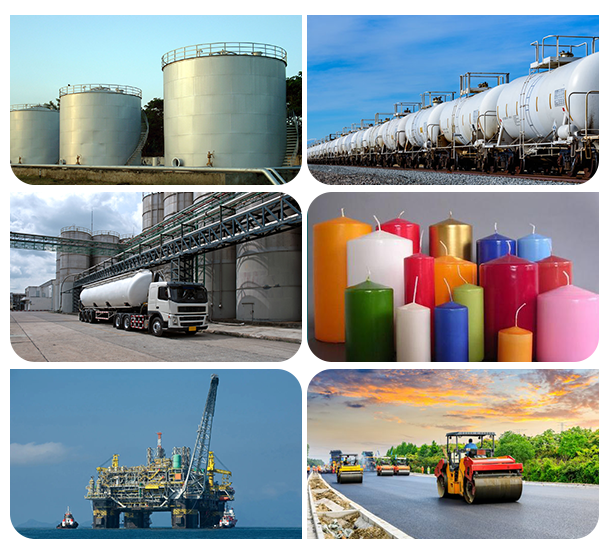30-50 MMT of naphtha gets blended in gasoline worldwide. Drivers behind blending are sustained higher global crude futures and firm petrochemical demand, as well as the robust naphtha/gasoline blending economics in Europe. Poor demand for derivatives, weak petrochemical margins, and reduced quantities being fed into crackers are also the factors that lead naphtha to be blended with gasoline. The blending market is expected to grow @ 5% till 2019.
Geographically the Middle East is by far the biggest naphtha source and thus we source prominently from this region. The Mediterranean, and India are also suppliers for us. The major consuming countries usually have substantial petrochemical interests. Japan, Korea and Taiwan are major importers in Asia along with the European blenders.
For reasons similar to naphtha, pygas is blended in gasoline. However, the volumes remain relatively thin owing to stronger petrochemical/pygas economics, chiefly benzene. 65% of the world benzene is produced from pygas and thus this pathway is seen as serious competition to gasoline blending. GV has sources from the Middle East and is looking forward to add new ones in this challenging business segment.
GV is poised for higher business growth in this segment majorly due to its unstinted sources, its focus on sourcing hubs, and its larger distribution network.
